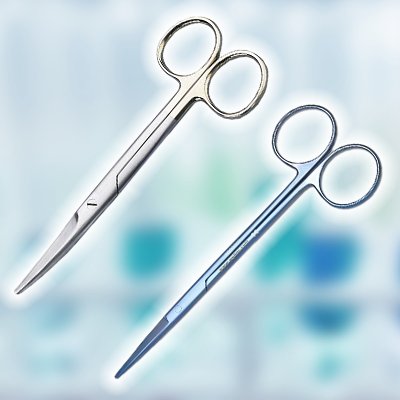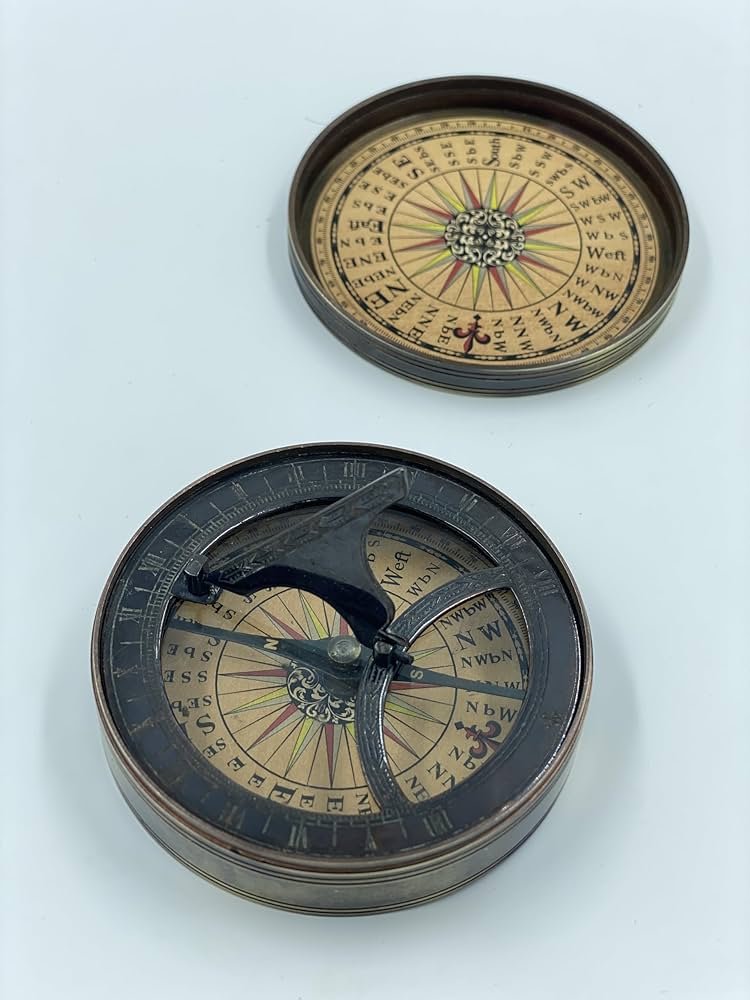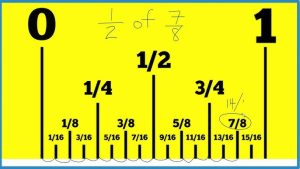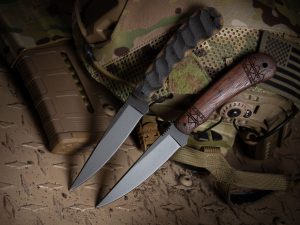What Else Is The Type Of Scissors Called Dissecting Or Straight?
The type of scissors called dissecting or straight is also known as operating scissors. Used in medical procedures, these precise tools are essential for cutting delicate tissues with accuracy. Operating scissors are designed to provide surgeons with the precision needed during surgeries. Their sharp, straight blades make them ideal for intricate incisions and precise cuts. Whether in a hospital operating room or a veterinarian’s clinic, these scissors play a crucial role in ensuring successful procedures.
The Type of Scissors Called Dissecting or Straight is Also Known as What Else?
Introduction
Have you ever wondered about the different types of scissors out there? Scissors are handy tools that we use in our daily lives for various tasks like cutting paper, fabric, or even hair. But did you know that there are specific types of scissors used in specific fields, like the medical or crafting industries? One such type is the dissecting or straight scissors. But wait, are dissecting and straight scissors the same thing? Let’s explore and find out more about what these scissors are called and how they are used.
Understanding Dissecting and Straight Scissors
When we talk about scissors, we usually imagine a tool with two sharp blades connected by a handle. Dissecting scissors, also known as straight scissors, are a type of cutting instrument commonly used in medical procedures, crafting, and other precision tasks.
What Makes Dissecting Scissors Unique?
Dissecting scissors are known for their long, slender blades that are designed for making precise cuts in delicate tissues or materials. These scissors have a straight edge, which allows for accurate cutting along a straight line. The sharpness of the blades is crucial for clean cuts without causing unnecessary damage.
Alternate Names for Dissecting or Straight Scissors
While dissecting scissors are commonly referred to as straight scissors, they are also known by other names depending on the specific field of use. In medical settings, they may be called surgical scissors or operating scissors due to their role in surgical procedures. Crafters might know them as precision scissors or fabric scissors, highlighting their use in intricate tasks.
The Versatility of Dissecting Scissors
One of the key features of dissecting scissors is their versatility. These scissors are not limited to a single use but can be employed in a variety of tasks that require precision cutting.
Medical Applications
In the medical field, dissecting scissors play a crucial role in surgeries, dissections, and other procedures that demand accuracy and control. Surgeons rely on these specialized scissors to cut through tissues with precision, minimizing trauma and promoting quicker healing.
Crafting and Hobby Uses
Crafters and hobbyists also appreciate the precision offered by dissecting scissors. Whether it’s cutting intricate designs in paper, fabric, or other materials, these scissors provide the sharpness and control needed for detailed work. From scrapbooking to model-making, dissecting scissors are a valuable tool in the creative process.
Choosing the Right Dissecting Scissors
When it comes to selecting dissecting scissors for a specific task, there are several factors to consider to ensure optimal performance.
Blade Material and Sharpness
The material of the blades influences the durability and sharpness of dissecting scissors. Stainless steel blades are common for their rust resistance and ability to retain sharpness over time. Sharp blades are essential for clean cuts and preventing jagged edges.
Handle Design and Comfort
The design of the handle impacts the comfort and control users have while using dissecting scissors. Ergonomically designed handles reduce hand fatigue during extended use and provide better grip for precise cutting.
Size and Blade Length
Choosing the right size and blade length is essential for the specific task at hand. Longer blades are suitable for cutting through larger materials, while shorter blades offer better control for intricate work.
In conclusion, the type of scissors known as dissecting or straight scissors goes by various names depending on the context of use. Whether you encounter them in a medical setting as surgical scissors or in your crafting projects as precision scissors, these tools are essential for tasks that require precision cutting. Understanding the versatility and characteristics of dissecting scissors can help you choose the right tool for your needs and ensure efficient and accurate results. Next time you pick up a pair of scissors, take a moment to appreciate the craftsmanship and thought that goes into creating these essential cutting instruments.
Precise Cutting Made EASY with Mayo Dissecting Scissors!
Frequently Asked Questions
What is another name for the type of scissors called dissecting or straight?
The type of scissors referred to as dissecting or straight is also known as operating scissors. These scissors are commonly used in surgical procedures, dissections, and various medical applications due to their precise cutting ability and straight blade design.
How are the scissors known as dissecting or straight categorized in terms of their functionality?
The scissors known as dissecting or straight are typically categorized as sharp-blunt scissors. This means one blade has a sharp edge for cutting, while the other blade has a blunt edge. This design allows for accurate cutting and ensures safety when working around delicate tissues.
In what fields or disciplines are dissecting or straight scissors commonly used?
Dissecting or straight scissors find extensive use in various fields such as surgical procedures, anatomy labs, veterinary medicine, and arts and crafts. Their sharp blades and precise cutting make them versatile tools for professionals in these disciplines.
Final Thoughts
In conclusion, the type of scissors called dissecting or straight is also known as operating scissors. These versatile scissors are commonly used in surgical procedures and medical laboratories. Their sharp, straight blades make them ideal for precise cutting and dissecting various materials. Remember to always handle these scissors with care and keep them clean for optimal performance.












